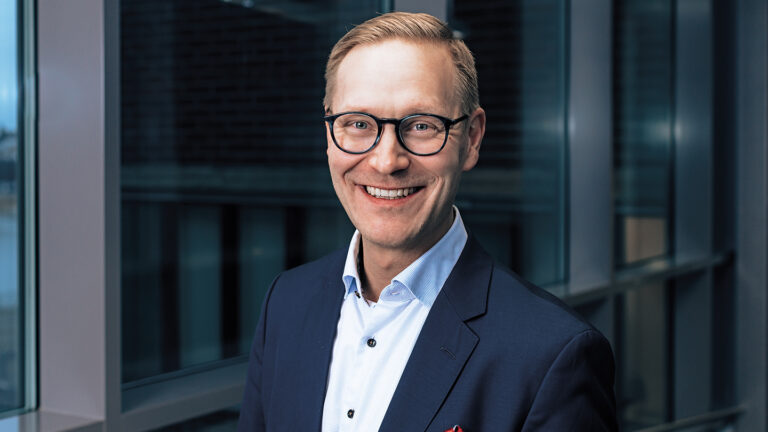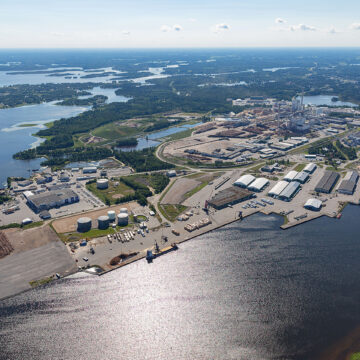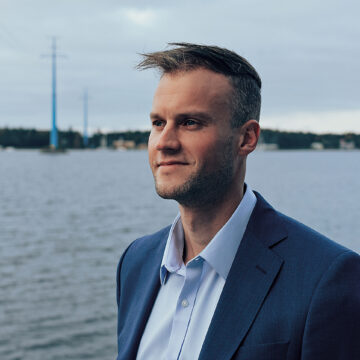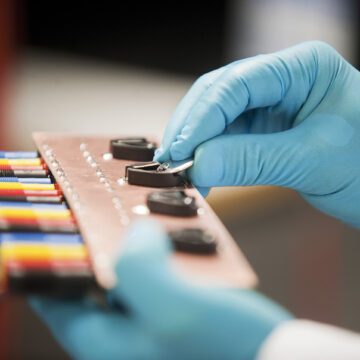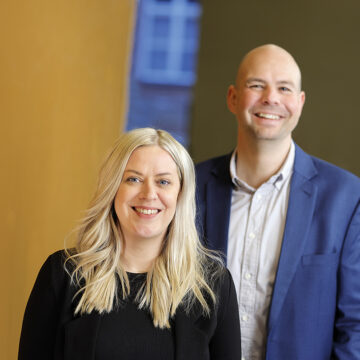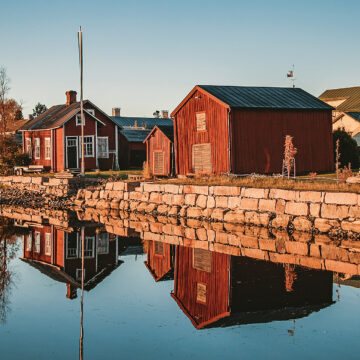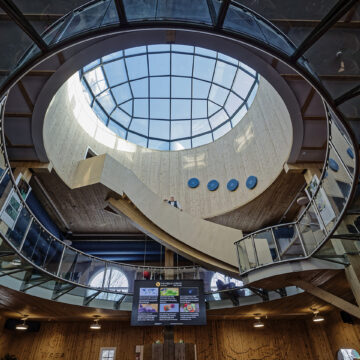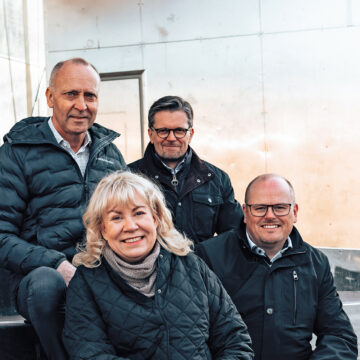
The City of Vaasa aims to be carbon-free within the 2020s
The City of Vaasa wants to ensure a great environment for present and future generations alike. This is why it aims for continuous sustainable development and the lowest possible emissions. The energy efficiency of the city of Vaasa is among the best in Finland, and work continues to improve it further. The aim is to be a carbon-neutral city by the end of this decade. Excellent examples of major climate investments include those made towards zero-emission public transport and energy-efficient buildings.
The public transport and ways to get around play a crucial role in the city’s climate friendliness. Vaasa is investing in many sustainable ways of moving around the city and has built, for example, high-quality pedestrian and bicycle ways from district to district. The reforms in public transport, however, have been groundbreaking over the last decade. The city’s public transport now relies heavily on biogas buses, which use locally produced fuel made from local residents’ biowaste. Over the years, the number of biogas buses has increased, and there are now some twenty of them operating around the city.
To increase the popularity of public transport and reduce private car use, the city undertook a major route reform in 2022. It involved increasing bus departures and paying particular attention to the most congested junctions. Other attractive features that improve the service include the lowest ticket prices in Finland and new, easy contactless payment options on the buses themselves.

“With this reform, we set out to influence residents’ attitudes. The work has been successful and we are moving in the right direction, as customer numbers are now on a good upward trend. With the rise in fuel prices, people are now more aware of other transport options”, says Anastassia Backlund, the City of Vaasa’s public transport expert.
The city is also currently piloting a community electric car-hire scheme. Residents can use an app to rent a car on a pay-as-you-go basis and return it to the same spot after use.
“This is an interesting experiment that, if successful, could lead to new electric cars being purchased for public use”, says Backlund.
The city’s carbon neutrality and energy efficiency goals also apply to its buildings. The City of Vaasa manages more than 200 buildings, ranging from individual detached houses to large education campuses. The energy consumption of these buildings is closely monitored and regulated. Carbon neutrality and energy efficiency are important priorities when planning the use of the properties and the construction of new ones.
The city of Vaasa aims for continuous sustainable development and the lowest possible emissions
“A good example of energy-efficient construction is the new wing of the Variska school in the district of Vanha Vaasa, built for primary school children. The aim was to have as small a carbon footprint as possible and to build the wing as sustainably as possible. Wood was prioritised as the material for the building, and solar panels were installed to provide energy”, says Hanna Pekkala, Property Manager of the City of Vaasa. In the coming years, Vaasa will launch a comprehensive school project in the city centre, with carbon neutrality and responsible construction playing a key role.
Generally speaking, the City of Vaasa has prioritised the renovation of its existing property stock. In older buildings, achieving energy efficiency targets may require more work, but with renovation, the end result is often as good as new. The adaptability of buildings also improves their durability throughout their life cycle.
“Buildings are always built to last for decades. With good design, they can be used effectively for many different purposes during their life cycle – it’s not always necessary to build a new building. In every case we strive to build and renovate in a way that is as carbon neutral as possible. As a public organisation, we are an important role model in society”, Pekkala says and continues:
“Sustainable development also means taking into account the effective implementation of the circular economy at the end of a building’s life cycle when it is demolished.”

